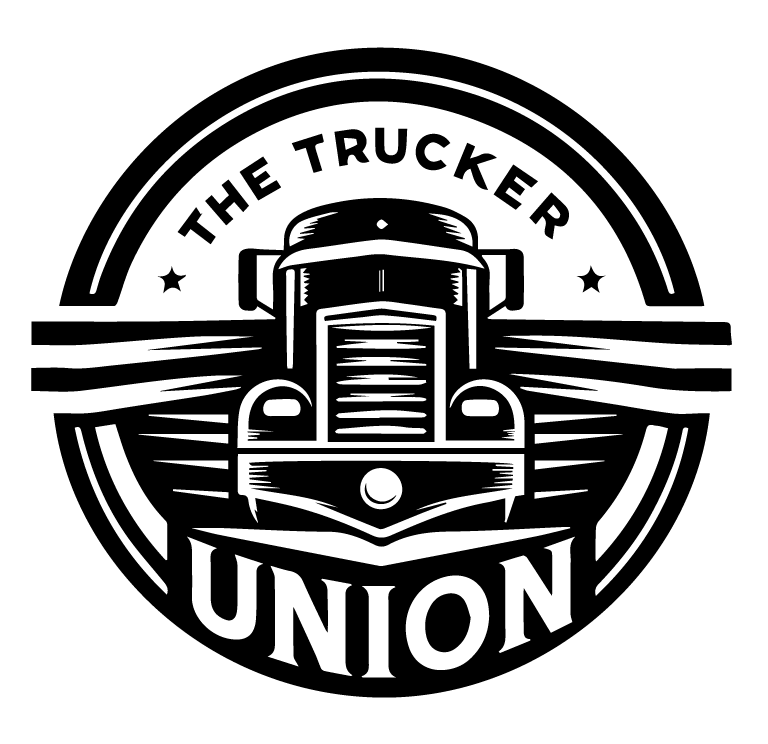
The transportation industry is the backbone of the American economy, and Class A commercial truck drivers are the vital links that keep this system running smoothly. Hiring a qualified driver is not just about filling a vacancy; it’s about ensuring the safety, reliability, and efficiency of your operations. However, the road to finding the right driver is filled with potential detours and roadblocks. This blog post will guide you through the hiring process, highlight what to watch out for, suggest where to find top-notch drivers, and share a cautionary tale to steer clear of common pitfalls.
Understanding the Class A License
First, it’s crucial to understand what a Class A license signifies. It allows the holder to operate vehicles with a gross combination weight rating (GCWR) of 26,001 pounds or more, provided the towed vehicle is heavier than 10,000 pounds. This includes tractor-trailers, truck and trailer combinations, tank vehicles, and more. The license is a testament to the driver’s ability to handle large, heavy vehicles and their understanding of the road rules and safety protocols specific to these giants.
The Hiring Process: Key Steps
Define Your Requirements: Clearly outline the job description, including the type of vehicle to be driven, routes, home time, and any special skills needed (like handling hazardous materials).
Look in the Right Places: Utilize online job boards specialized in the trucking industry, social media platforms, and truck driving schools. Networking within industry groups and attending trucking job fairs can also connect you with potential candidates.
Vet Candidates Thoroughly: Beyond checking driving records and criminal background, assess their soft skills, such as communication and problem-solving, which are crucial for long-haul drivers. Conducting a thorough interview and considering a ride-along as part of the hiring process can provide deeper insight into their capabilities and work ethic.
Understand Compliance Requirements: Ensure your candidates meet the Department of Transportation (DOT) regulations, including age, medical certification, and hours of service compliance. Regular drug and alcohol screenings are also mandatory.
Red Flags and Cautionary Tales
While many drivers may seem qualified on paper, there are red flags to watch for:
- Frequent Job Hopping: While not uncommon in the industry, excessive changes can indicate issues with reliability or performance.
- Gaps in Employment: Unexplained gaps might signal periods of disqualification or other concerns.
- Negative References: Pay close attention to feedback from previous employers, especially regarding safety violations or disciplinary issues.
A Cautionary Tale: A transport company once hired a driver with a seemingly impeccable record. However, they overlooked conducting a detailed background check that would have revealed a history of substance abuse. Unfortunately, the driver was involved in a serious accident due to impaired driving, leading to significant legal and financial repercussions for the company. This underscores the importance of thorough vetting and adherence to DOT regulations.
Finding the Right Driver
To find the right driver, consider partnering with reputable truck driving schools or using recruitment agencies specializing in the transportation industry. These institutions often have rigorous training and vetting processes, providing a pool of qualified candidates. Additionally, offering competitive salaries, benefits, and a positive work culture can attract top talent.
Hiring a Class A commercial truck driver involves more than just filling a position; it’s about making a strategic investment in the safety and efficiency of your transportation operations. By understanding the requirements, knowing where to look, conducting thorough vetting, and being aware of potential red flags, you can navigate the hiring process successfully. Remember, the extra mile you go in hiring could be the difference between a smooth journey and a costly detour in your business operations.












